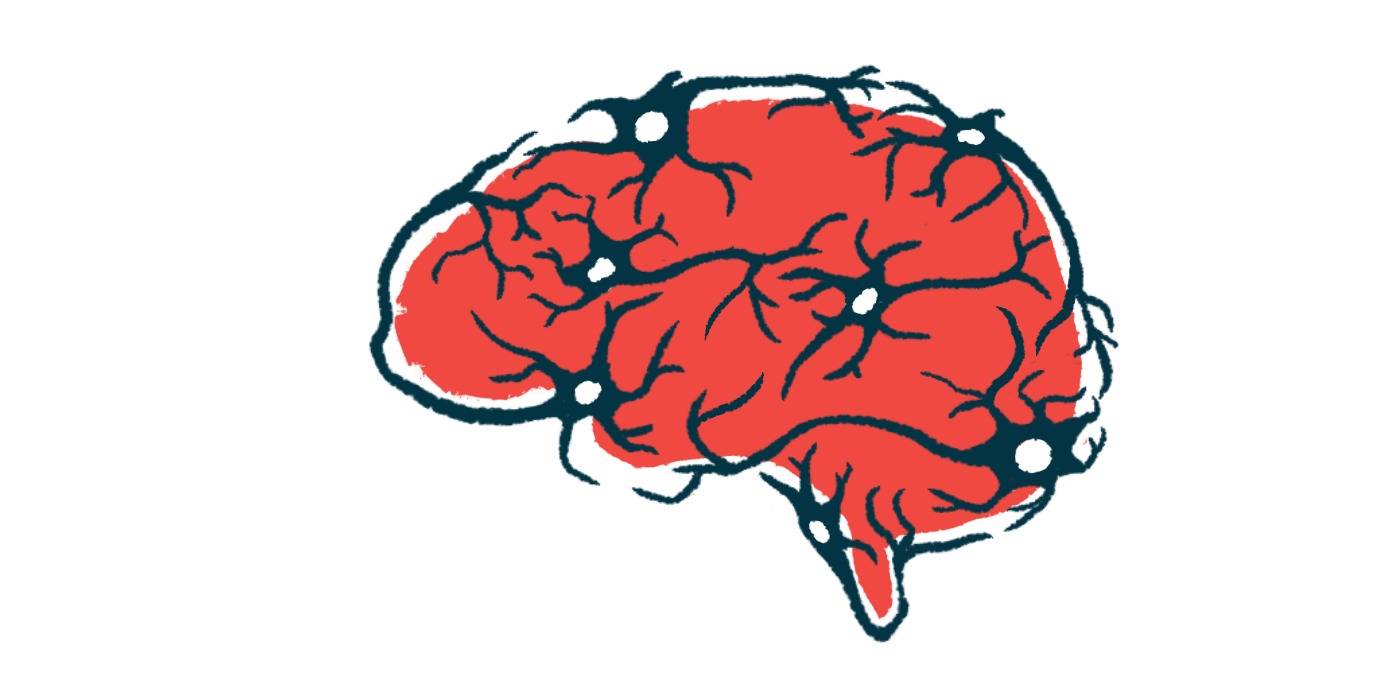Physical Activity Linked to Larger Volume, Increased Health of Brain
Exercise may help prevent age-related and neurodegenerative brain atrophy

Physical activity may be beneficial to brain health, including for people with neurodegenerative diseases such as Parkinson’s disease, by promoting increases in brain volume, a long-term follow-up study suggests.
“Our study results indicate that even small behavioral changes, such as walking 15 minutes a day or taking the stairs instead of the elevator, may have a substantial positive effect on the brain and potentially counteract age-related loss of brain matter and the development of neurodegenerative diseases,” Ahmad Aziz, MD, PhD, principal investigator of the research project and study author, said in a press release.
The study, “Association Between Accelerometer-Derived Physical Activity Measurements and Brain Structure: A Population-Based Cohort Study,” was published in Neurology, the medical journal of the American Academy of Neurology.
According to a few studies, certain regions of the brain can atrophy over time in people with Parkinson’s. Researchers believe that larger brain volumes offer better protection against neurodegeneration than smaller ones.
Although regular exercise is thought to help delay brain aging and the progression of neurodegenerative diseases, how it impacts the brain and which regions it affects the most is still unknown.
To learn more, scientists from the Population Health Sciences, German Center for Neurodegenerative Diseases (DZNE), and the University of Bonn, in Germany, analyzed physical activity data and MRI brain images from 2,550 people who participated in the Rhineland Study.
What is the Rhineland Study?
The Rhineland Study is a large-scale population-based study conducted by DZNE that seeks to include up to 30,000 participants to evaluate changes in the body and brain over a person’s lifespan. Its primary goal is to develop strategies to prevent dementia and other age-related diseases.
Researchers tracked the physical activity of volunteers using a device called an accelerometer which was worn on the upper thigh for seven days. Brain volume and thickness of the cortex was assessed from MRI scans.
Participants’ ages ranged from 30 to 94 years and their mean age was 54.7 years. More than half (57.6%) were women.
Physical activity had a noticeable effect on nearly all the investigated brain regions. “Generally, we can say that the higher and more intense the physical activity, the larger the brain regions were, either with regard to volume or cortical thickness,” said Fabienne Fox, lead author of the study.
This observation was particularly true for the region of the brain considered the control center of memory — the hippocampus.
However, the findings revealed larger volume increases when they compared inactive and only moderately physically active study participants, especially in people older than 70.
People who participated in moderate to intense physical activities also had high brain volumes. However, only slight differences were observed compared to those who were even more active, thus indicating that the beneficial effects tended to level off.
“With our results, we want to provide a further impetus to become more physically active — to promote brain health and prevent neurodegenerative diseases,” Fox said. “Even modest physical activity can help. Thus, it’s just a small effort — but with a big impact.”
Next, the team searched databases for genes that are particularly active in brain areas which benefited most from physical activity — the motor and cortical regions. They identified genes necessary for mitochondria (organelles within cells that generate energy) to work.
Increased blood flow is needed to supply the large number of mitochondria present in these brain regions with oxygen. This may be the reason why physical activity benefits the brain in these areas, Aziz said.
Further analysis found a large overlap between genes whose expression is affected by physical activity and those involved in neurodegenerative diseases such as Alzheimer’s, Parkinson’s, and Huntington’s. The team hypothesized that this could be why physical activity has a neuroprotective effect.
“While young adults may particularly profit from additional high-intensity activities, older adults may already benefit from light-intensity activities,” the researchers concluded. “Physical activity and reduced sedentary time may be critical in the prevention of age-associated brain atrophy and neurodegenerative diseases.”








